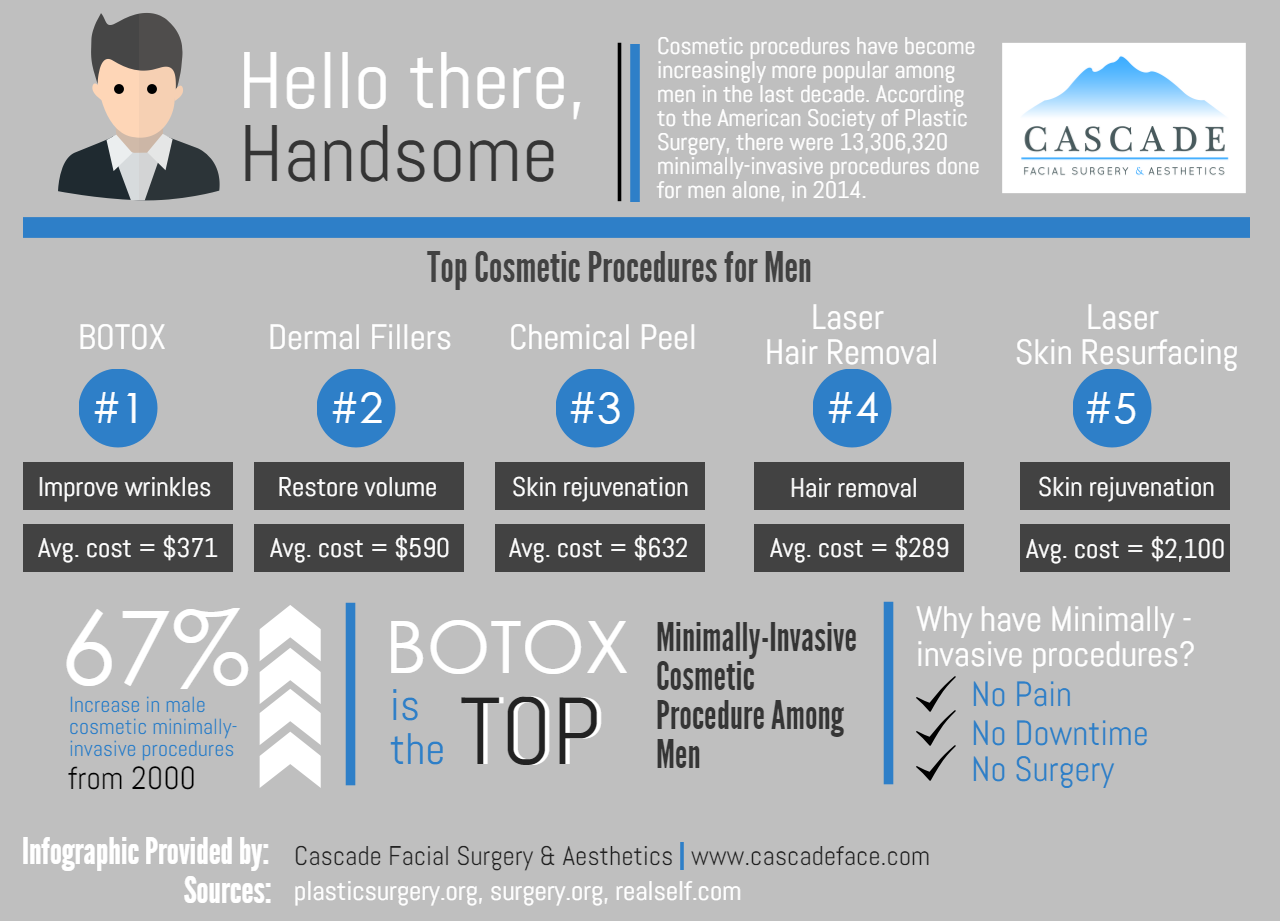Can Acne Prone Skin Use Facial Oils
Can Acne Prone Skin Use Facial Oils
Blog Article
Acne Treatment - What Are AHAs in Acne Treatment?
AHAs are an essential component for unclogging pore clogs and brightening acne-prone skin. They function by breaking down dead skin cell buildup to advertise newer, fresher cells, and avoiding future clogs.
Creating topical AHAs necessitates precise interest to numerous key elements that substantially affect their efficiency and tolerability. Maintaining the optimal pH variety, together with lorry option and concentration, enhances their exfoliative characteristics while alleviating possible damaging responses.
Glycolic acid
Glycolic acid is known for its mild yet effective exfoliating residential properties, which advertise skin's all-natural shedding and loosen the "glue" that holds dead cells on the surface of the skin. This assists unclog pores and lessen the look of great lines and creases, along with boost overall skin texture and tone.
Interestingly, topical glycolic acid has also been shown to promote the production of collagen, which is vital in preserving skin's suppleness and flexibility. It is necessary to keep in mind, nonetheless, that due to the fact that glycolic acid can boost the skin's level of sensitivity to sunshine, it is essential to put on sun block when making use of any kind of items having this active ingredient.
Skin doctors pay mindful focus to the solution of items having AHAs in order to maximize their efficiency and tolerability. Creating AHAs with the proper automobile, in addition to pH and focus factors to consider, enables ideal skin penetration while reducing potential unfavorable reactions. This is particularly crucial for patients with delicate skin, given that AHAs are recognized to be slightly annoying.
Lactic acid
Lactic acid is discovered in numerous over-the-counter skin care items and some more powerful specialist peels and therapies. It has the lowest molecular weight of all the AHAs and is able to penetrate much deeper right into the skin, where it is much more efficient at unclogging pores and exfoliating.
Like glycolic acid, it additionally boosts collagen synthesis, which aids reduce fine lines and wrinkles and boost skin appearance. Furthermore, it has moisture-retention homes, which makes it more suitable for drier skin kinds than various other AHAs.
The substantial body of medical data substantiating the efficiency of topical AHAs sustains their utility in a wide variety of dermatological ailments and aesthetic issues. These include detailed skin renewal procedures, depletion of great lines and wrinkles, lightening of hyperpigmentation, therapeutic treatment for actinic keratosis, and acne administration [2] Enhancing the formulation of AHAs by stabilizing pH, concentration, and vehicle option additionally enhances their healing capacity. These careful factors to consider make it possible for skin specialists to deliver secure and efficient treatments that supply exceptional clinical outcomes.
Mandelic acid
Mandelic acid, originated from almonds, is another participant of the AHA family and is a popular component in products that aid treat acne. Its larger molecular dimension implies it passes through the skin a lot more slowly and delicately, which can decrease the potential for inflammation. It's also much less likely to cause inflammation and various other skin level of sensitivity issues, making it ideal for sensitive skin kinds.
Mandelic Acid is thought to help in reducing swelling and increase hydration. It works by loosening up the bonds in between dead skin cells, allowing them to drop and reveal fresher-looking skin. It additionally helps reduce the look of enlarged pores.
Creating topical products with AHAs calls for an accurate equilibrium of essential variables that substantially influence their effectiveness and tolerability. In particular, the pH of an AHA formula has been revealed to play a critical function in its ability to advertise peeling and improve complexion and structure. Attaining this optimal focus is a challenging objective and requires careful attention to the different variables that affect the solution process.
Citric acid
Citric acid, located in citrus fruits such as oranges and lemons, is a mild AHA. It's much less bothersome than glycolic or lactic acid, making it better for delicate skin. It also has astringent residential properties, helping to dry excess oil.
Like various other AHAs, citric acid can be used in chemical peels and day-to-day active/maintenance therapies to exfoliate the skin and advertise cell turnover. It can help reduce the look of dark spots and hyperpigmentation, in addition to great facial lines.
It can likewise raise the synthesis of glycosaminoglycans, which play an essential duty in strengthening the skin barrier feature. This helps to prevent trans-epidermal water loss, and keep optimal hydration levels in the skin [35]
AHAs can be combined with relaxing components such as ceramides or hyaluronic acid to enhance their tolerability. They can be integrated into everyday active/maintenance skincare with cream or serum skin plus revita formulas. This allows specialists to tailor their AHA treatments based on individual demands and preferences, with the versatility of picking from different treatment intensities or focus.